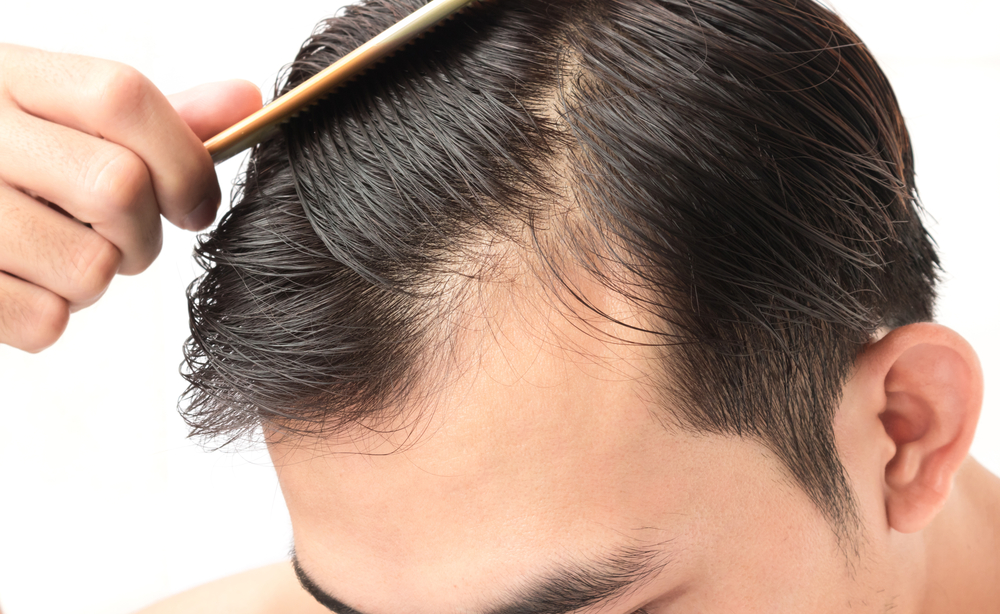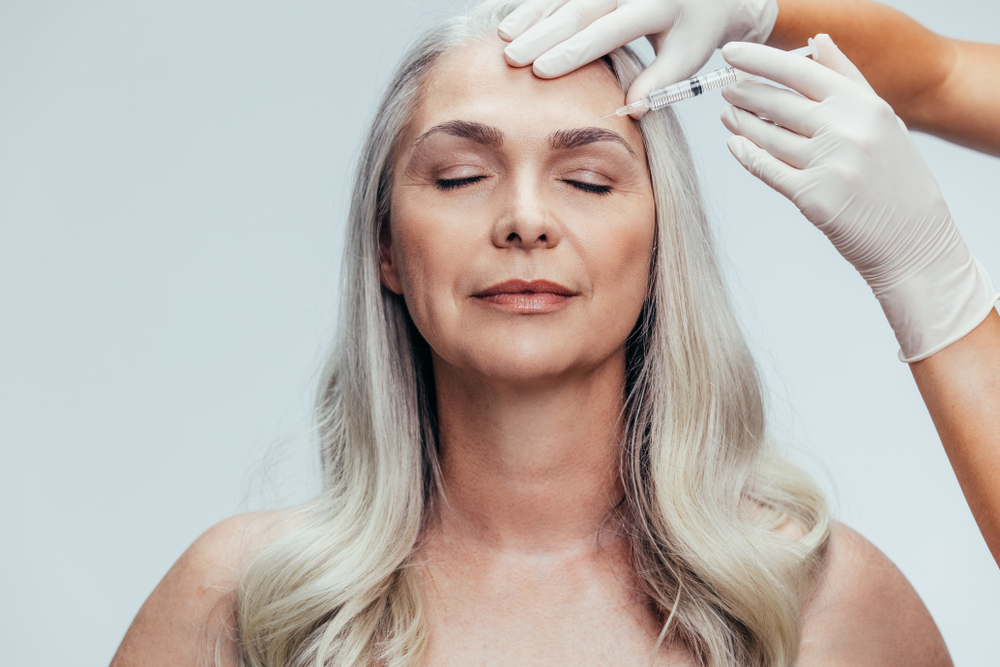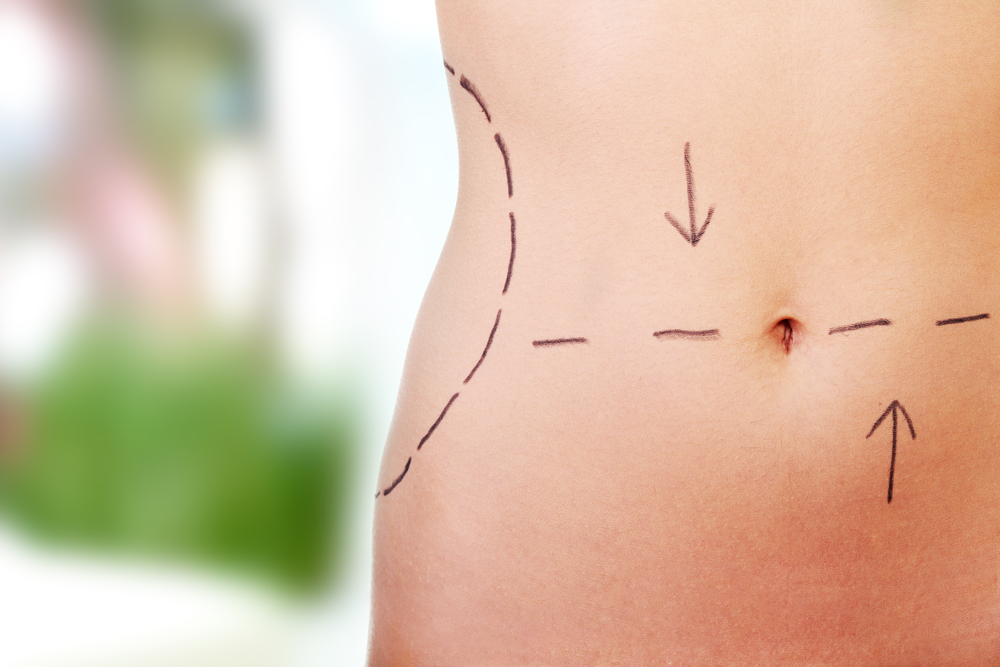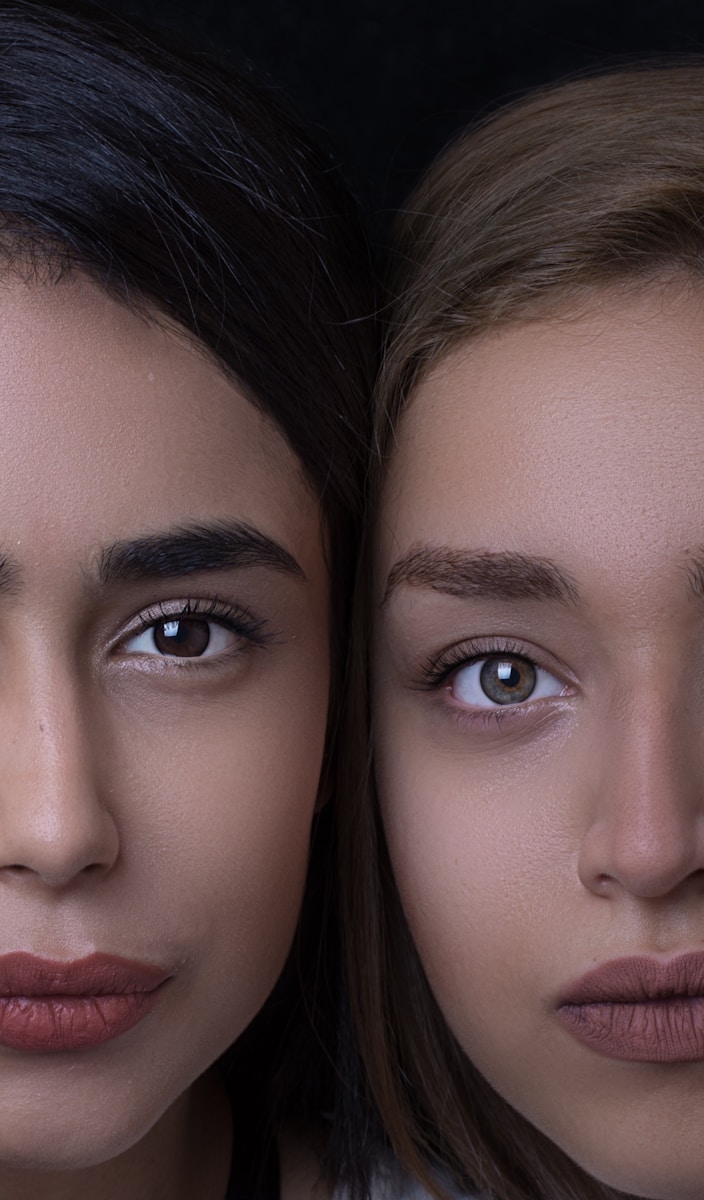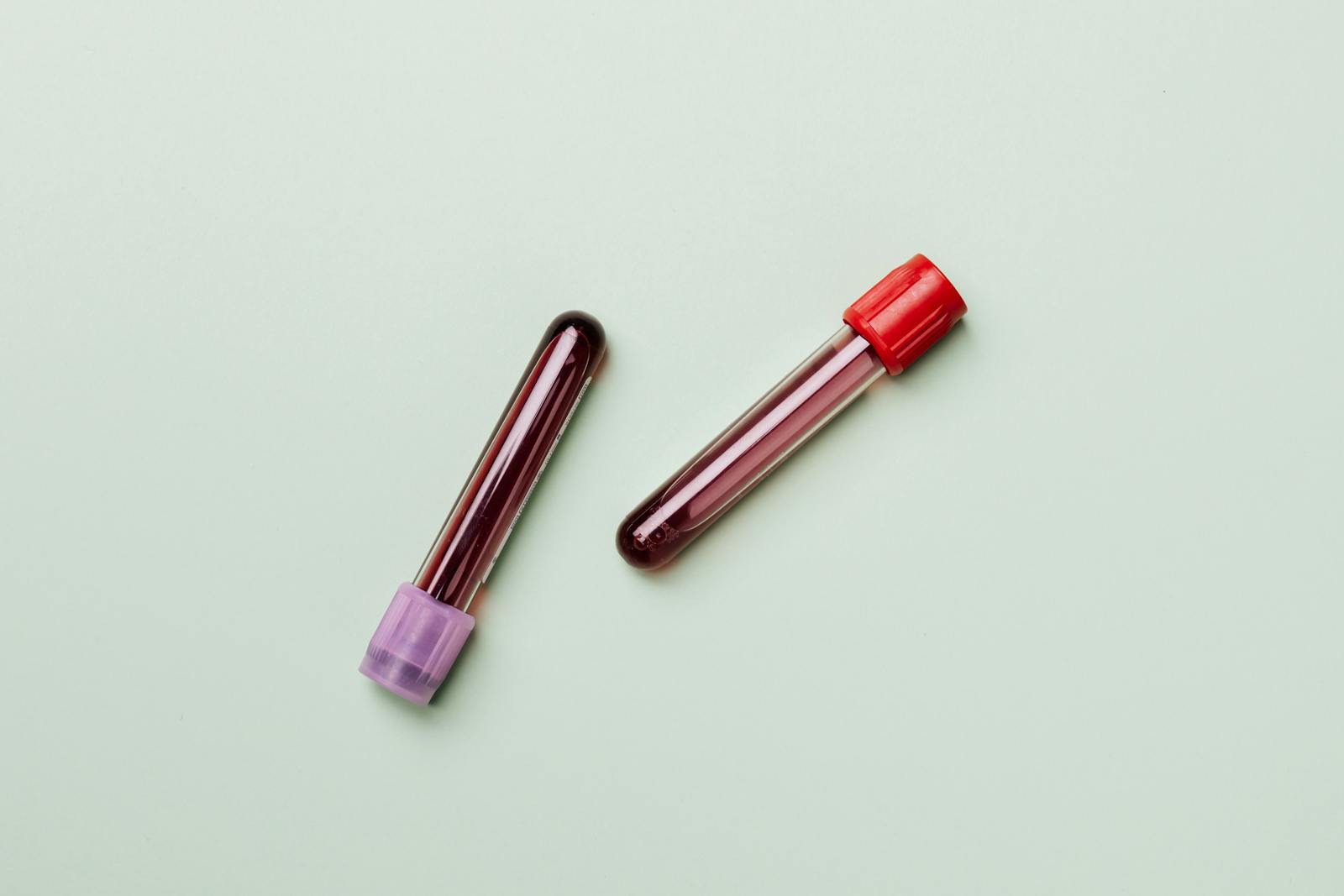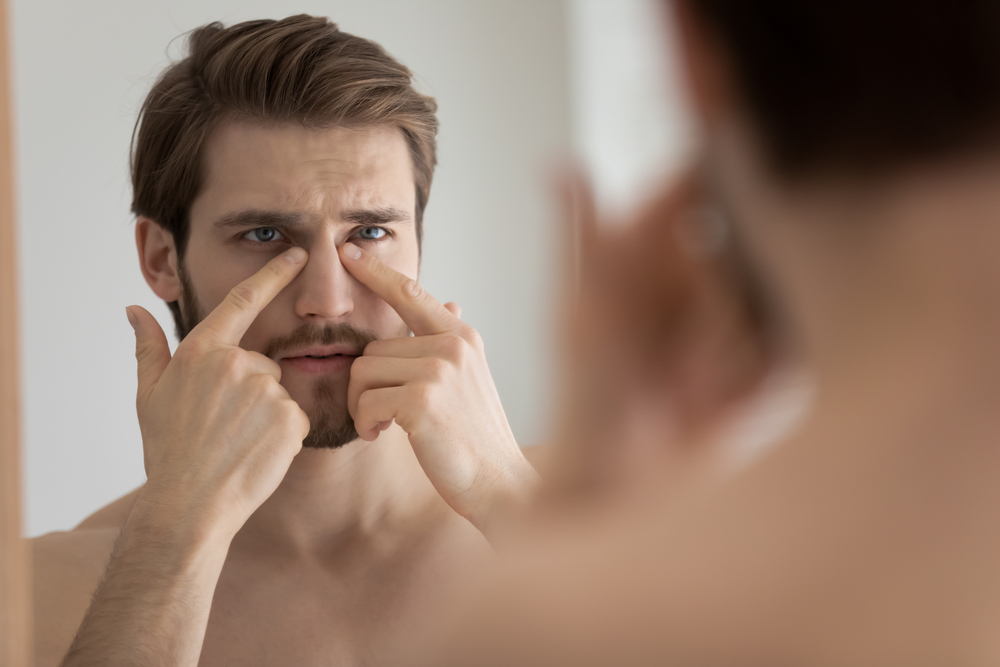| A concentrated solution made from the patient’s own blood is injected into the scalp as part of the non-surgical Platelet-Rich Plasma (PRP) hair loss therapy. The likelihood that this procedure can stimulate hair growth in many people is increasing, which may make a hair transplant unnecessary in certain circumstances or improve one in others. To get the best benefits, PRP treatments must be repeated several times.
‘How many PRP treatments do I need for hair loss’ is a common query. In short, three PRP procedures are usually advised to be completed as part of the initial course of treatment. At intervals of four to six weeks, these courses are typically held. Patients will need one follow-up appointment after this first round of therapy is over in order to sustain the therapeutic results. This will take place every four to six months. How does PRP therapy for hair loss work?The fluid portion of blood known as plasma contains platelets, white blood cells, and red blood cells. Platelets help our body recover and mend itself by promoting clotting, scab formation, and scab development. In order to promote the growth of particular tissues, they are also known to release growth factors in response to injury. PRP therapy makes use of this capacity for healing and restoration, which is why it is frequently referred to as a type of “biotherapy.” The PRP procedure has long been utilised to renew facial skin and heal joint issues, but more recently, it has been modified to treat both male and female hair loss. A much smaller volume of blood—less than the 470ml provided while giving blood—will be drawn from the patient by a butterfly needle at the beginning of the treatment. The platelet-rich plasma is then separated from the remainder of the blood by placing the sample into automated centrifuge equipment. The separated plasma solution should have a concentration of platelets that is four to five times higher than normal in order to treat hair loss. Using cutting-edge mesotherapy injector technology, the PRP solution is applied to the areas of the scalp experiencing hair loss. The technology eliminates the need for a local anaesthetic while delivering precise amounts of PRP at a specific depth under the scalp. It is advised to give PRP injections over the course of three sessions, spaced four to six weeks apart, to give the procedure the best chance of success. Then, to retain the advantages, patients are advised to have a single maintenance treatment every six to twelve months. How well does PRP therapy work?It is crucial to be aware that PRP therapy for hair loss is a relatively new procedure, and research on it is currently underway. Initial research, however, has proven encouraging, with several of the top hair transplant authorities in the world reporting fantastic outcomes. It is significant to note that patient success rates might vary. It is known that PRP therapy is more likely to promote hair growth if there is still a lot of miniaturised hair on the scalp. When applied to areas of the scalp that are already entirely bald, it is unlikely to result in favourable results. Is PRP therapy for hair loss a long-term fix?As mentioned above, PRP treatment needs follow-up sessions every six to twelve months to maintain its beneficial effects. Although PRP therapy has been demonstrated to promote hair growth and thicken hair in treated regions, it will not stop the development of new bald patches in untreated areas of the scalp. Patients will respond differently to PRP, and it is unclear how long the advantages will last.
PRP SupplierIf you’re looking for the best PRP kits in the UK, please contact RegenLab. |

